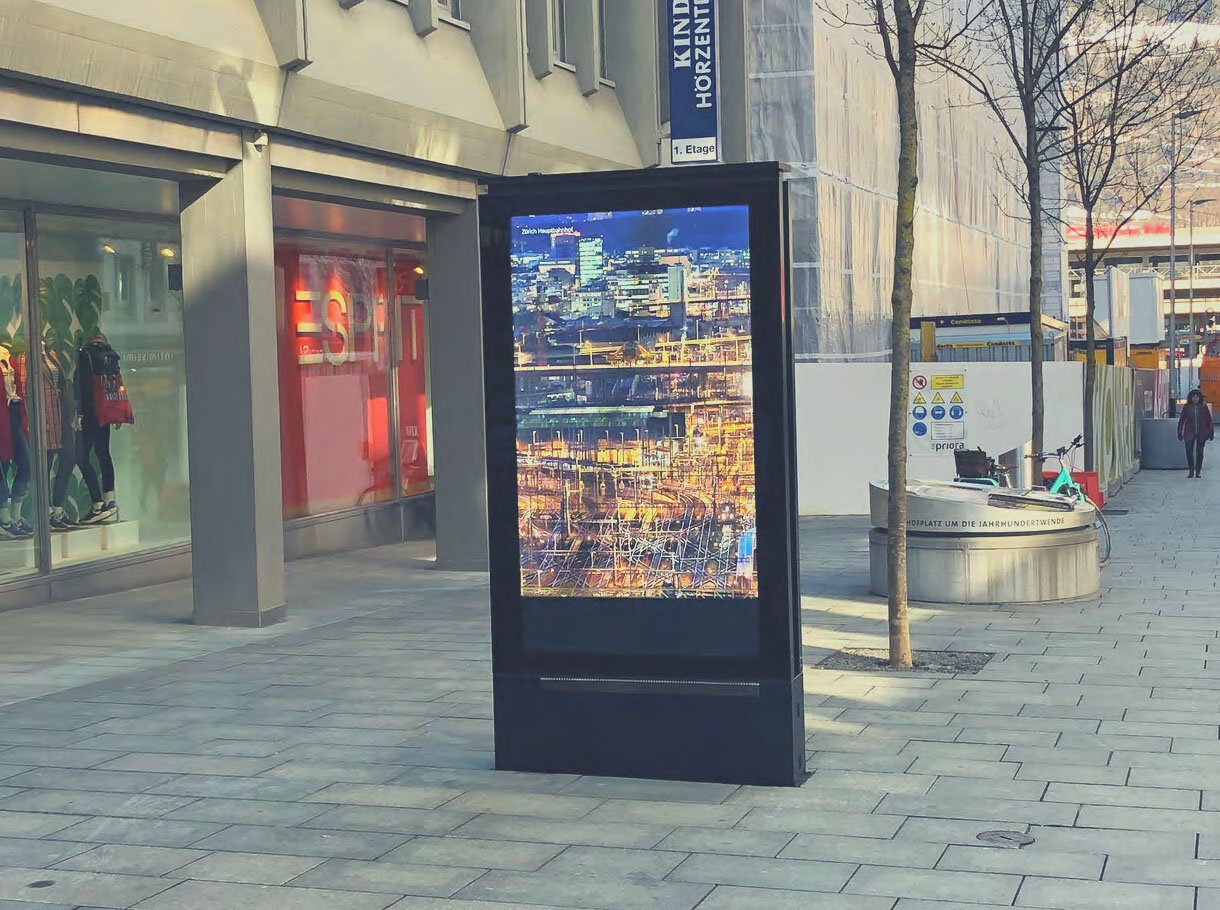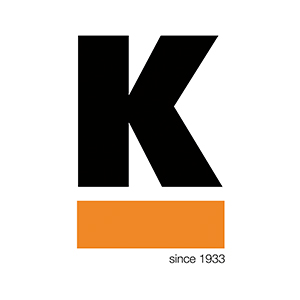
When digital out-of-home advertising systems fail, high costs can quickly arise: The technician, the weekend surcharge and the loss of revenue. Remote control can help here.
Remote control refers to monitoring and repair services for electronic systems using a remote maintenance system. Remote access allows equipment failures to be rectified and even anticipated, which increases the reliability of a system and reduces costs. These remote maintenance systems can be used in various industries. In our work, this topic comes into play in digital signage and DooH advertising and this is also the focus of this article.
Hidden costs in DooH and digital signage
The abbreviation DooH stands for digital out-of-home advertising. Digital-out-of-home advertising systems are a form of digital signage, i.e. electronic advertising displays, specifically for outdoor areas. These include, for example, ad screens in public areas such as train stations, airports and pedestrian zones.
If such an advertising system breaks down and there is no remote maintenance infrastructure, the costs of rectifying the problem multiply. A service technician has to visit the advertising site to analyze and rectify the fault, which incurs travel costs to and from the site. If weekend or other surcharges are then added, the hourly rate for on-site work can quickly become expensive. Last but not least, you will lose revenue during the downtime of the digital ad.
More reliability and costs under control with remote control
Such opportunity costs can be greatly reduced with a remote maintenance system that monitors one or more digital advertisements around the clock. It is able to detect possible future errors and optimal maintenance windows at an early stage. In the event of problems, the system can also be accessed remotely without the need for a service technician to visit the advertising site. This means that digital advertising can be broadcast 24/7 with greater reliability and lower costs.
Case study using the example of outdoor steles
GUDE Systems GmbH, in collaboration with Kilchenmann AG, has prepared a case study on the subject of digital signage and remote control using the example of outdoor steles. In it, they explain how the costs of DooH advertising with and without remote control are made up and which technical infrastructures are required for remote control. Did you also know that a remote control system pays for itself after just a few months?

Leave a COMMENT